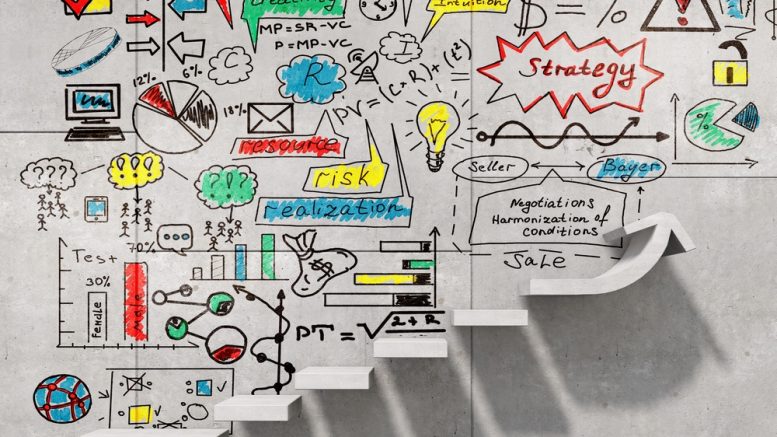Continuing the concept of measuring the effectiveness of communication in a corporate setting, the word “data” is largely (mis) used. There is no doubt that effective study of “data” can provide insights on how the communication strategies must be structured. A great many consultancies and firms provide specialised services into understanding this facet based on data. There are some that go on to suggest that artificial intelligence can be involved given how connected and instantaneous feedback can be, the other buzz words are predictive analytics, insights and so on.
This is where as a practitioner of data science, I have a problem, you see, in all its glory data science can only produce insights and artificial intelligence can produce actions. The middle layer of machine learning produces predictions. And, that is where it ends. Communication as a strategy requires certain amount of data to lead to perfection of a strategy, but perfection is not the road to ensuring communication effectiveness and meaningful amalgamation of information sent out. The need is to focus on both logic and data and combine them with connections. It requires a wide panoramic view. If this were to be simplified – imagine an intelligent man who has a deteriorating relationship with his wife. He knows every little detail about her, he has all the data, with the exception of how to make her love him. That is where the strategy must emphasise on connection. An effective assessment of communication is to provide this measure of this connection.
The key to measuring or assessing connection is understanding complexity. A large number of communication strategies fail to meet their objectives in terms of driving thought and allowing informed choices. These failures are attributed to complexity. Message complexity lead to communication failure because either complexity is very high or stakeholder complexity has been underestimated.
The approach to crafting a feedback loop or measuring the effectiveness of communication seem not to be adequate to measure complexity because, and I quote,
- In complex systems the whole is more than the sum of parts and
- Given the properties of the parts and the laws of interaction, it is not wise to infer by comparison the properties of the whole.
For example, a strategy with a strict timeline, quality, and constraints either separately or in combination can increase project complexity regardless of the complexity of the messaging. So it is necessary to take into consideration and other factors in measuring message complexity.
A key measure of a feedback for assessment of a communication effectiveness relies on two situations – faith and fact. A strategy for communication is built on faith of past practice, accepted practice and assuming that novelty “will grab the attention”. This is the data segment without the logic component explicitly drawn out. The fact still remains that there exists a large amount of interdependent information, which is, in some instances, ignored because there is just no time to process or comprehend. That is the nature of todays function of corporate communication. An assessment falls right in the grey area of interaction, where the emphasis is on the interface of effectiveness and ambiguity. The measure of failure of a given communication, wether it is a press release, an op-ed, an interaction or any other tool employed is the failure to deliver the required quality of message functionality within the given context.
To reduce the possibility and probability of communication failures, the framework of assessment by a feedback must include:
- Stakeholders – identified as all segments who are likely to be impacted by the communication and classified by relevant information regarding their interests, involvement, and impact on communication success.
- Planning – segregated by fact of the stakeholder information needs and by definition of a communication approach.
- Distribution – making relevant information available to stakeholders
- Expectations Management – communication and work with stakeholders in order to meet their needs and addressing issues in real time or near-real time.
- Reporting – collection and distribution of performance information, including status reports, progress measurements, and forecasts.
It is the reporting which is the foundation of the assessment and is based on the structure of communication and the process of communication. Key factors to include in the assessment are:
- Preferred type of communication,
- Information distribution,
- Feedback mechanisms
The second aspect is the property of the communication broken down to
- Frequency,
- Duration,
- Type and
- Media
The fact component has another dimension – the psychological element. This is the connection of data to logic, and is based on the connect or relationship with the sender of the message. The emphasis is to estimate the expected communication complexity and hence be able to take all the appropriate measures to control it, a measure of which is reporting a panoramic view.
The views and opinions published here belong to the author and do not necessarily reflect the views and opinions of the publisher.



Leave a comment